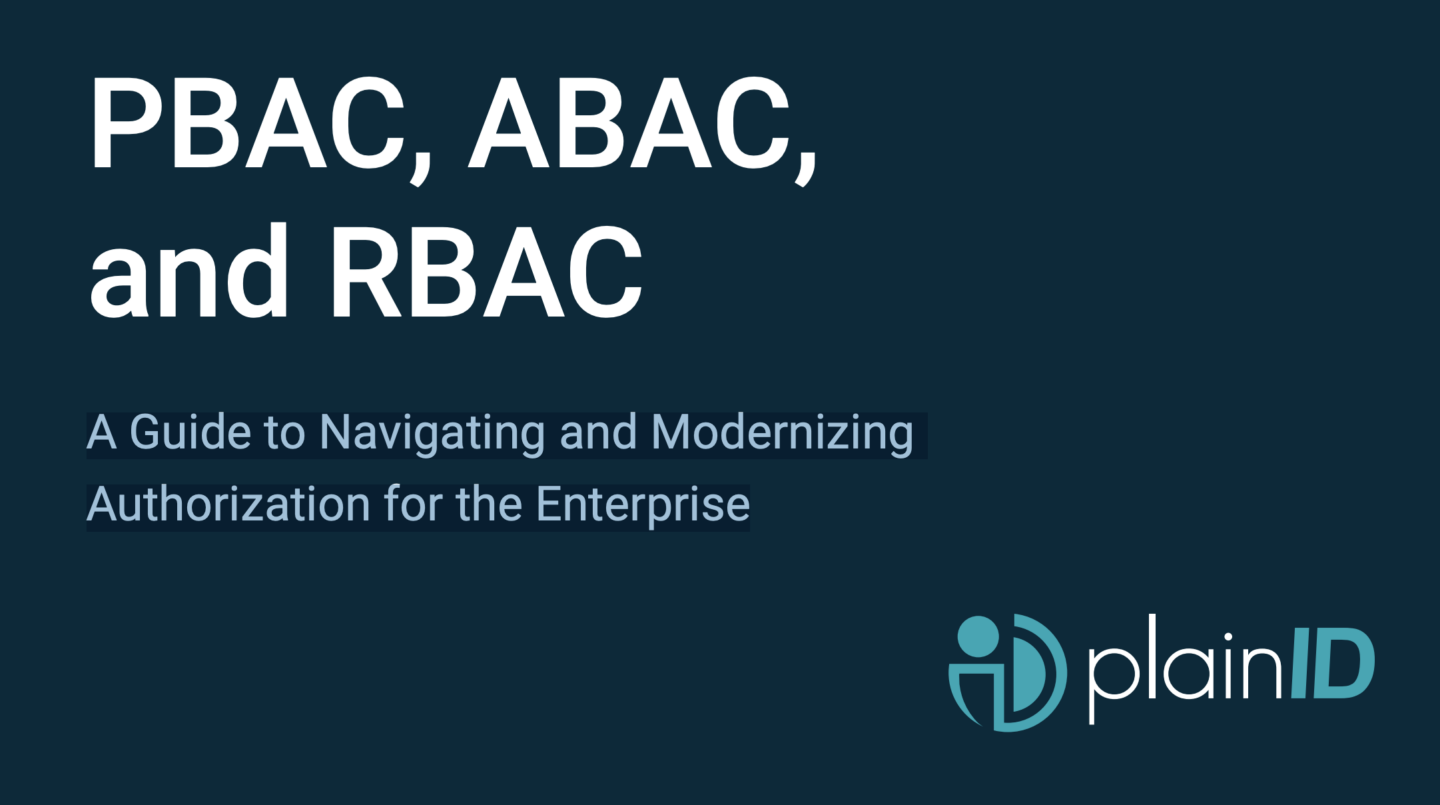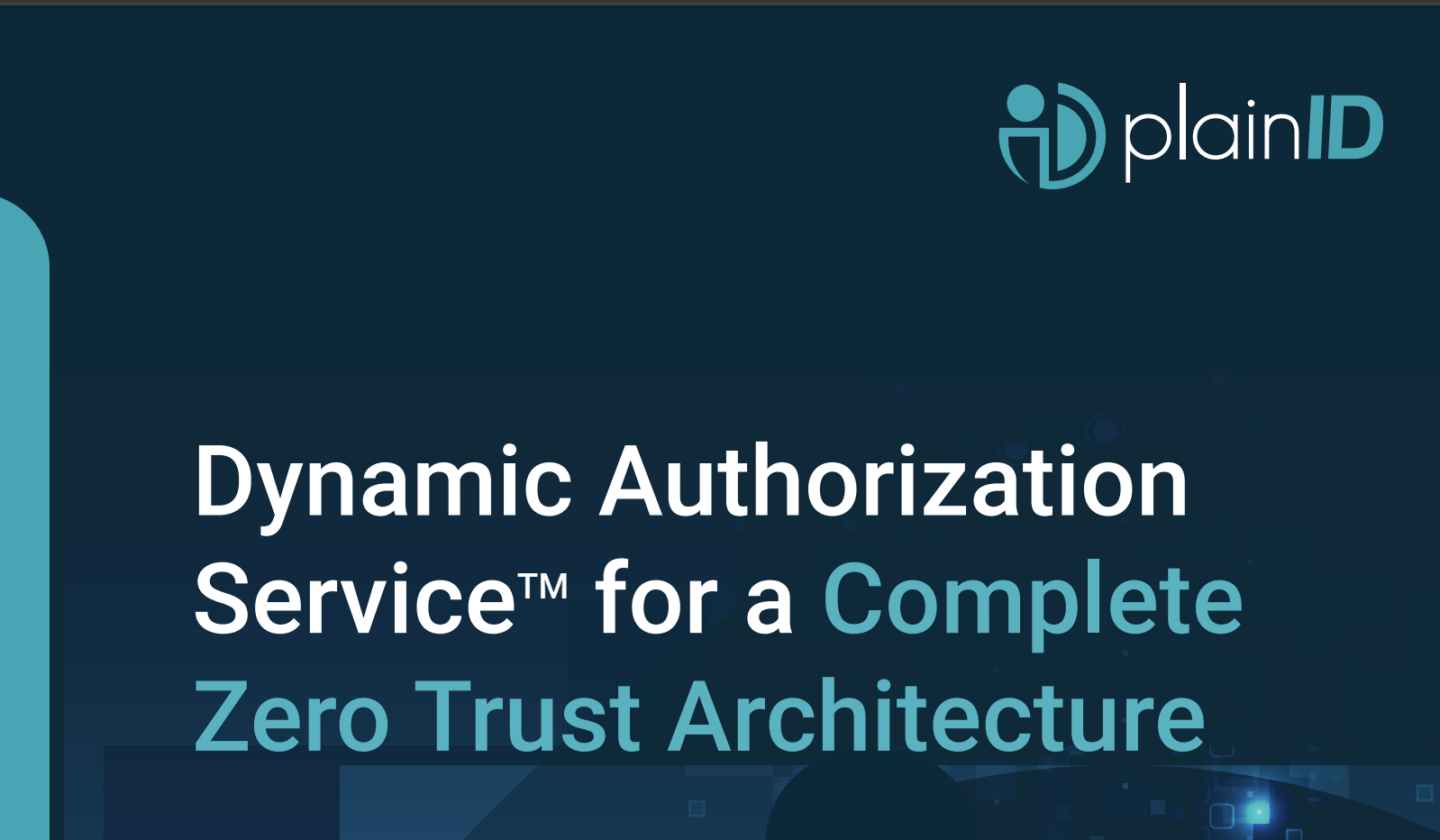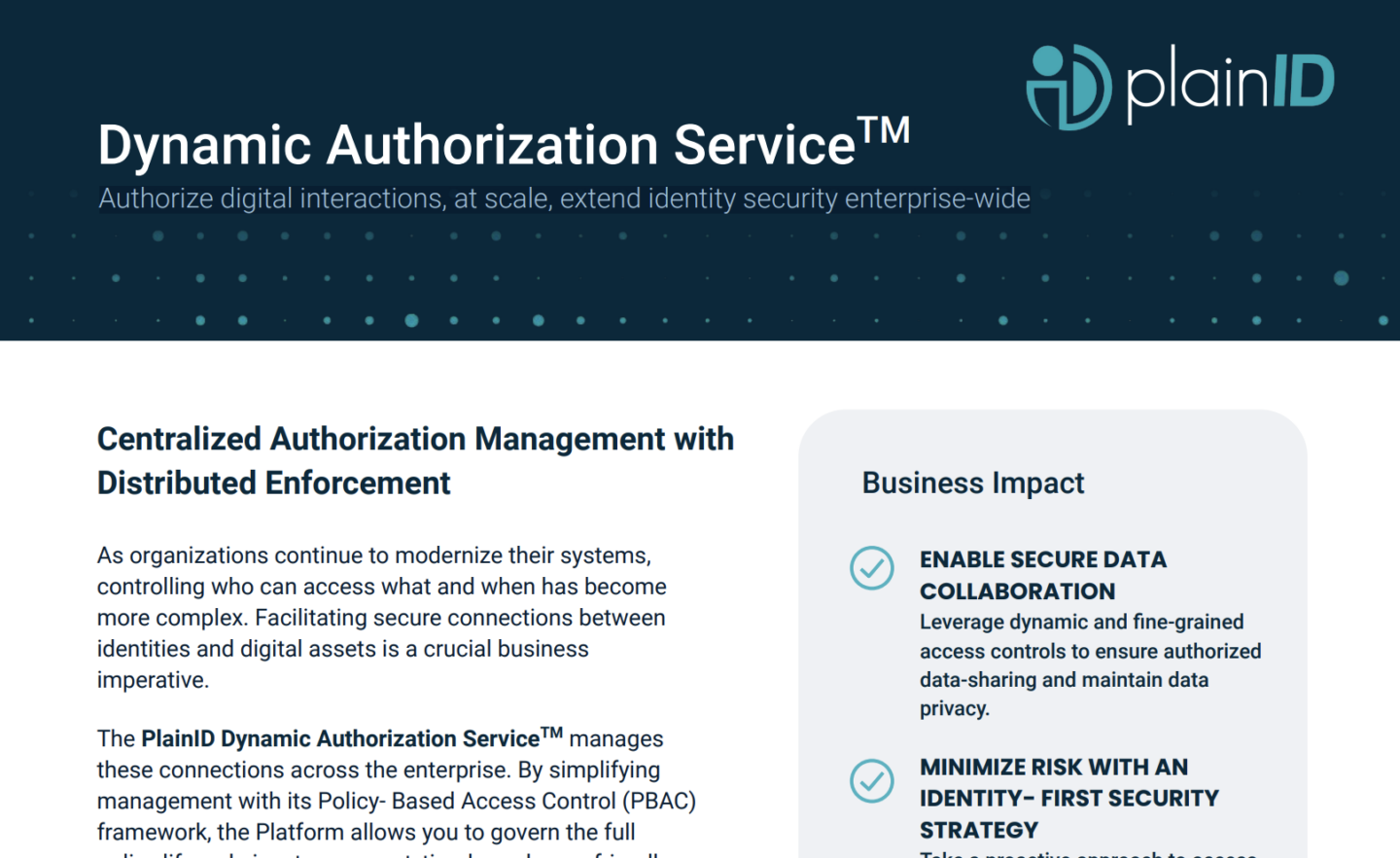Building a Zero Trust Framework
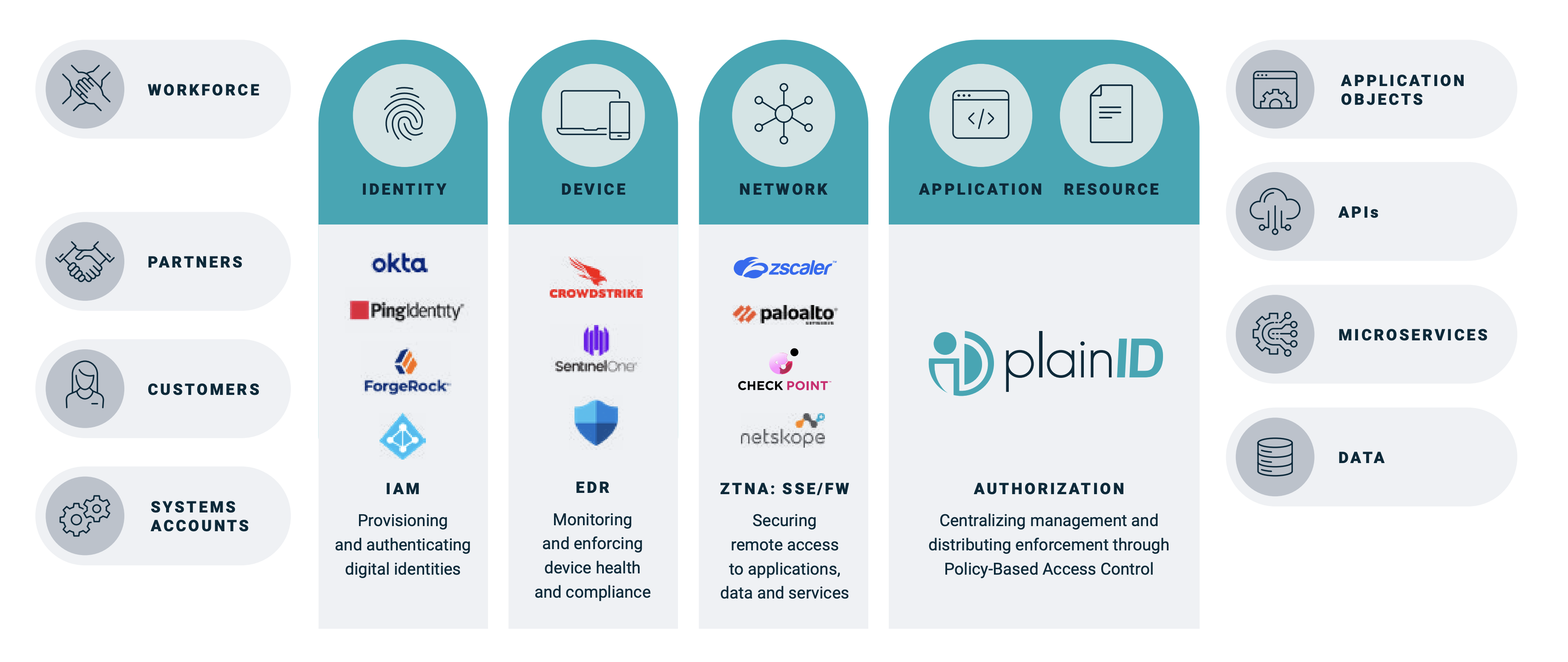
Identity-Aware Security at Every Layer
With the proliferation of digital identities in modern enterprises, it’s imperative to embed identity aware security at every security layer. This comprehensive approach ensures each interaction, transaction, and touchpoint is rigorously vetted, establishing a defense against identity-related breaches.
PBAC as the Enterprise Standard
Enterprises are adopting PBAC to standardize their access controls. Allowing security teams, business leaders, and developers achieve alignment, creating a unified security strategy that protects assets, streamlines operations and enables the business.
Security as a Business Enabler
Security isn’t just for defense,it’s a catalyst for business growth. Enterprises that embrace advanced security measures not only safeguard their operations but also accelerate innovation, foster greater client trust, and position themselves more competitively in the market.
All Roads Lead to Data
In our digitally-driven business landscape, every strategic move hinges on data. Protecting this vital asset is paramount. Enterprises are prioritizing the security of data access, fully recognizing that any vulnerability could compromise core business strategies and proprietary insights.
Elevate your Zero Trust strategy with PBAC — for streamlined and secure access that aligns with your business needs
Effective Zero Trust with PBAC Framework
Strengthen your Zero Trust model by establishing every digital interaction across all enterprise layers. With PlainID, trust is validated, not assumed, protecting against both external and internal threats.
Dynamic Authorization for a Dynamic World
Not all access is equal. PlainID offers fine-grained, and real-time Authorization that adjusts according to the user’s contextual signals such as device, time, location, risk score and more.
Unified Control Across All Identities
From employees to third-party vendors, centralize your access decisions. With PlainID, manage and monitor access rights for everyone, ensuring seamless alignment with principles of least privilege access.
Data-Centric Security with Authorization
In a Zero Trust environment, all roads lead to data. Control who accesses what, when, and how with PlainID’s Policy-Based Access Control, keeping sensitive data under lock and key.
Streamlined Compliance & Auditing
With evolving regulations, achieve and maintain compliance effortlessly. PlainID’s centralized management supports cross-border, regional, and local data sharing regulations under a Zero Trust framework.
Accelerate Data Collaboration & Innovation
Leverage PBAC to adapt swiftly to evolving business needs, ensuring data remains both accessible and protected, while accelerating time-to-market with new products and services.
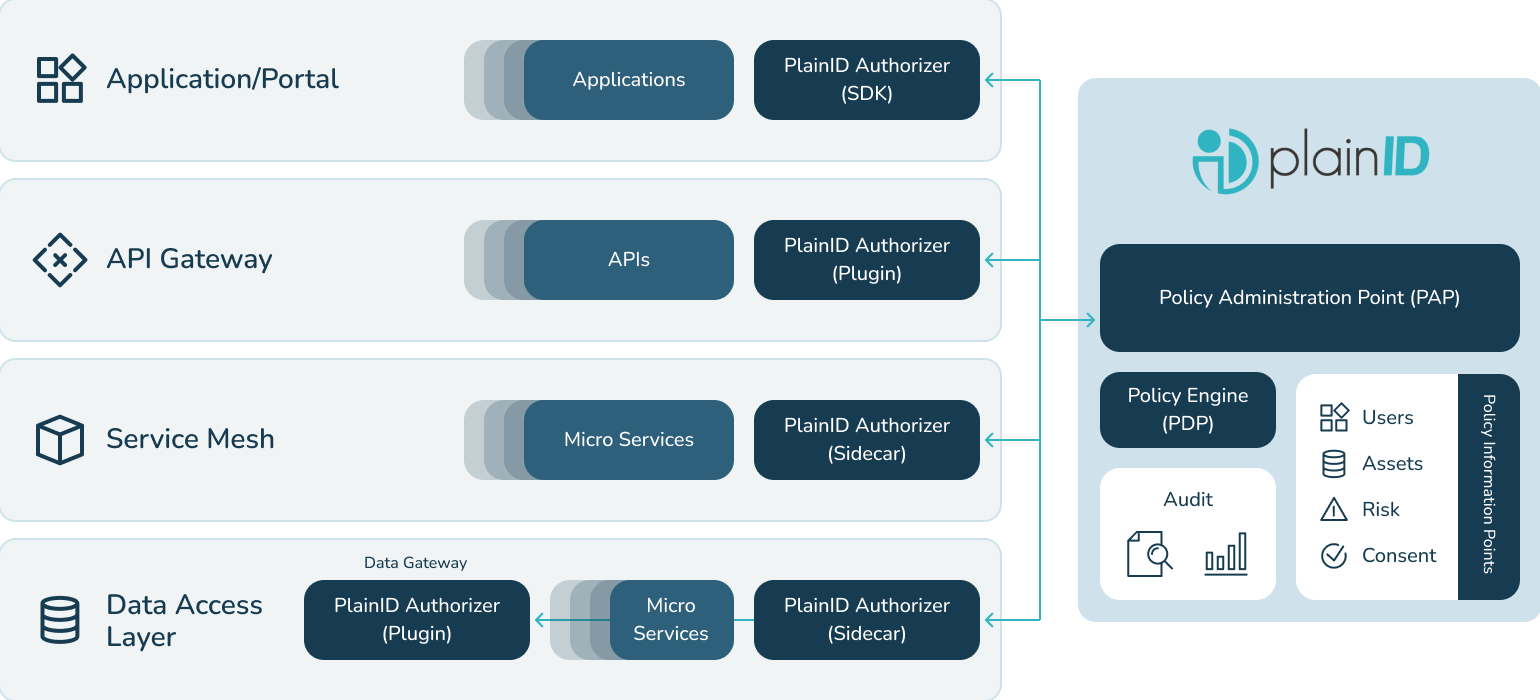
Traditional security methods have emphasized authentication, endpoint protection, and ZTNA-based network security, often leaving post-authentication to siloed teams and business lines. However, the true essence of Zero Trust lies in establishing trust throughout every step of the digital journey, highlighting the need for granular access control.
-
Zero Trust ensures every digital identity—human, device, or application—is continuously verified before granting access.
-
IAM and ZTNA address authentication and network boundaries, but alone they don’t ensure complete Zero Trust security.
-
Once an identity authenticates, Authorization determines what resources that identity can access, ensuring secure access to data.
-
All paths leads to data. PBAC provides a centralized way to manage and define access using contextual and risk signals.
Identity-Aware Security
Apply Identity-Aware Security to ensure that users of all types are authorized contextually in real-time, enhancing both security and user experience.
Learn More
Secure Access to Data
Leveraging modern access controls to ensure that only the right individuals have access to sensitive data, maintaining integrity and trust at a local and global level.
Learn More
Zero Trust FAQs
Learn More About Our Zero Trust Strategy
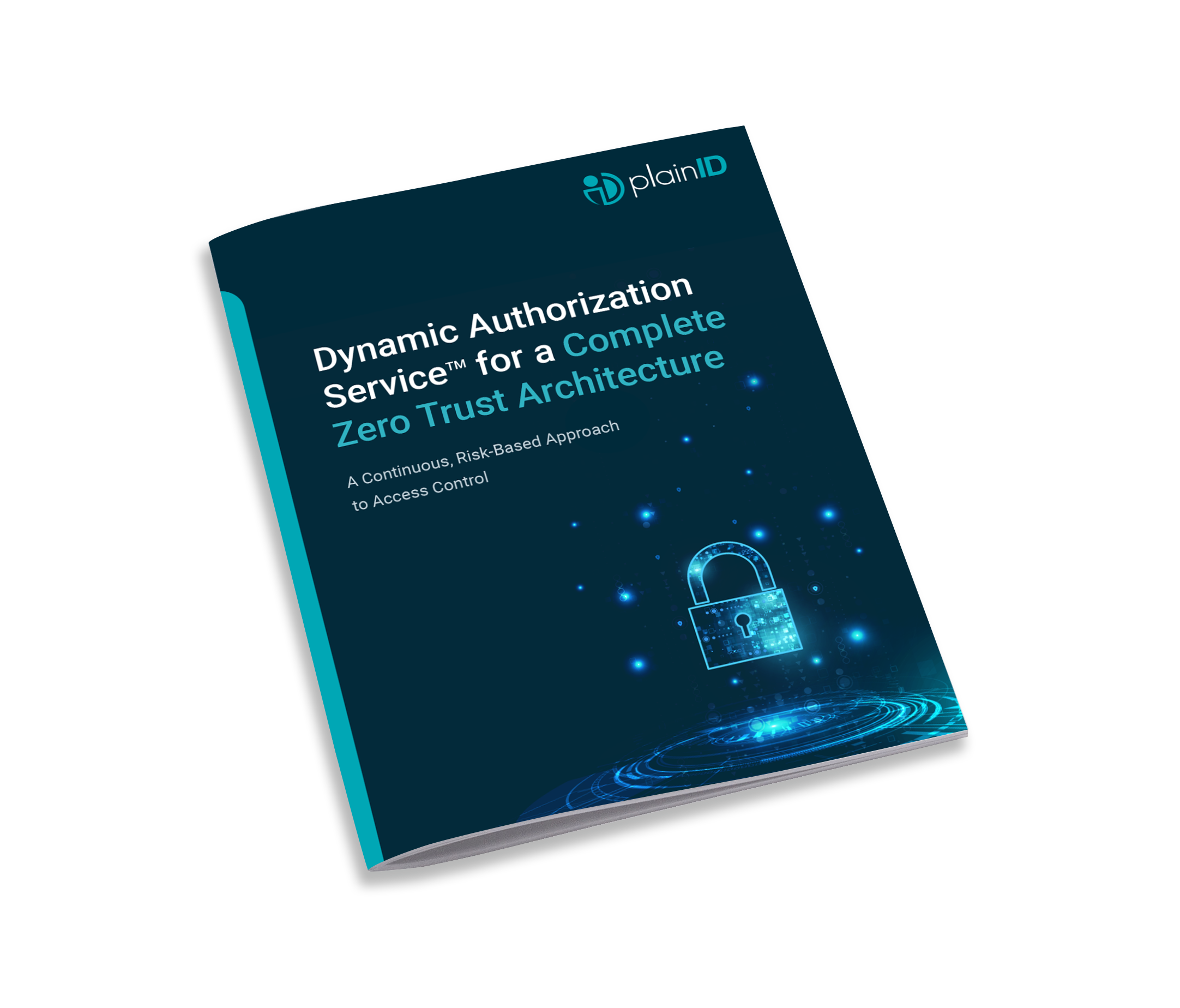
Dynamic Authorization – for a Complete Zero Trust
Zero trust has emerged as a key security measure for organizations across all industries. Learn more about how PlainID’s ISPM platform can help establish trust at every stage of a digital interaction.
Related Resources
